WordPress installation is just the first step, before you really start operating the site, there are a series of basic settings to be taken care of. If you do it right, your website will be safer, smoother and better maintained; if you don't do it right, you may have a lot of hidden dangers. Here's a look, a brand new WordPress websiteTen recommended things to do first after installation.
![Picture [1]-WordPress must do after the installation of the setup: ten steps to strengthen the foundation of the site, enhance operational efficiency](http://gqxi.cn/wp-content/uploads/2025/05/20250520153309616-image.png)
1. Changing the default site title and subtitle
WordPress InstallationUpon completion, the default title is "Just another WordPress site", this content is not helpful to search engines and does not fit the brand image. It is recommended to modify it as soon as possible:
go intothe area behind a theatrical stage → set up → conventional (weapons)If you are a photographer, you can set "Aurora Vision | Record Every Frame of Your Life" as your website title. For example, if you are a photographer, you can set it to "Aurora Vision | Record every frame of life".
![Picture [2]-WordPress must do after the installation of the setup: ten steps to strengthen the foundation of the site, enhance operational efficiency](http://gqxi.cn/wp-content/uploads/2025/05/20250520153245746-image.png)
2. Setting up a fixed link structure
Default articlelink structureMay be with "?p=123" such parameters, not conducive to search engine recognition, but also not beautiful. It is recommended to set the format of "article name" or "category/article name".
Path: Settings → Fixed links → select "Post name" or customized structure.
Example:https://example.com/攝影技巧/如何拍星空/
This is a clearer link structure, which is conducive to category management and later SEO optimization.
![Picture [3]-WordPress must do after the installation of settings: ten steps to strengthen the foundation of the site, enhance operational efficiency](http://gqxi.cn/wp-content/uploads/2025/05/20250520184100990-image.png)
3. Remove default content and useless plug-ins
After installing WordPress, the system will automatically generate some sample content such as "Hello World" posts, "Sample Page" pages and plugins such as Akismet and Anti-Spam.
Recommendation:
- removingDefault posts and pages
- Decide whether to keep the pre-installed plug-ins according to the actual needs, useless directuninstallationReducing the burden
4. Installation of security plug-ins
It's not uncommon for WordPress to be attacked, and a basic set of protections is essential. It is recommended to install a security plugin such as Wordfence maybe Solid Security, they can help you with basic protection such as login restrictions, vulnerability scanning, malicious file monitoring, and more.
Turning on two-factor login and preventing brute force break-ins are common security settings.
![Picture [4]-WordPress must do after the installation of the settings: ten steps to strengthen the foundation of the site, enhance operational efficiency](http://gqxi.cn/wp-content/uploads/2025/05/20250520154956475-image.png)
5. Setting the site time zone and language
The default time zone and language of the system may not be the region where you actually operate, and it is recommended to adjust it according to the target readers.
Go to Backstage → Settings → General
- Set the correct time zone (e.g. "UTC+8" for Beijing).
- Change the language to Simplified Chinese or the language of the target market.
![Picture [5]-WordPress must do after the installation of the setup: ten steps to strengthen the foundation of the site, enhance operational efficiency](http://gqxi.cn/wp-content/uploads/2025/05/20250520155216192-image.png)
In this way, article posting times and commenting times are displayed accurately and do not affect the operational schedule.
6. Enabling website caching and performance optimization
One that just went live.Website SpeedIt may be fine, but it tends to slow down as soon as the visits come in. It's necessary to have a caching solution in place ahead of time.
Recommended plug-ins such as WP RocketLiteSpeed Cache,W3 Total Cache. They can:
- Cache HTML pages for faster access
- Compress CSS, JS files
- Enable delayed loading of images
These optimizations keep the site fluid and less prone to crashing even as content increases or visits become heavier.
7. Setting the site icon and favicon
By default, WordPress uses generic icons. It is recommended to upload your own logo and favicon as soon as possible to enhance brand recognition.
Path: Settings → General → Site Icon
![Picture [6]-WordPress must do after the installation of the setup: ten steps to strengthen the foundation of the site, enhance operational efficiency](http://gqxi.cn/wp-content/uploads/2025/05/20250520160230716-image.png)
- Transparent PNG or SVG format is recommended for the logo.
- Favicon is preferably a 512×512 icon file, compatible with various devices
8. Configure the site home page and blog page
WordPress default home page is the blog list page, if you wish to use a custom page as home page, you need to set it manually.
Path: Settings → Reading
- HomeSelect forCustomized pagesLike, "Welcome to our website."
- Separate blog post pages as "News" or "Blog"
![Picture [7]-WordPress must do after the installation of the setup: ten steps to strengthen the foundation of the site, enhance operational efficiency](http://gqxi.cn/wp-content/uploads/2025/05/20250520160450350-image.png)
In this way, the home page can showcase the brand introduction, service benefits and not just a list of articles.
9. Setting the media upload size
After uploading images, WordPress will automatically generate a variety of sizes, but the default settings may not be suitable for your design needs. It is recommended to adjust the image size according to the actual situation of the theme to avoid generating a large number of useless files.
Path: Settings → Media
![Picture [8]-WordPress must do after the installation of the setup: ten steps to strengthen the foundation of the site, enhance operational efficiency](http://gqxi.cn/wp-content/uploads/2025/05/20250520160908394-image.png)
- Modify thumbnail, medium, and large image sizes according to actual requirements
- Install a plugin like Regenerate Thumbnails to unify the resizing of old images
10. Regular backup of settings
The last and most overlooked item: backups. Whether it's lost content, a plugin conflict, or a hack, backups are the most reliable way to recover.
Recommended plug-ins such as UpdraftPlusThe company, BackWPup, can automaticallyBackup SitesFiles and databases, and supports backup to external storage such as Google Drive, Dropbox, FTP, etc.
It is recommended to set up daily automatic backups and keep the last 3 to 5 versions to save your life in critical situations.
summarize
WordPress installation is complete, not in a hurry to write content, not in a hurry to change the appearance of the first ten basic settings to figure out, improve the stability and security of the site, but also for the subsequent content operation will lay a good foundation. As long as the early stage is done solidly, the back maintenance will be much easier.
Link to this article:http://gqxi.cn/en/55372The article is copyrighted and must be reproduced with attribution.








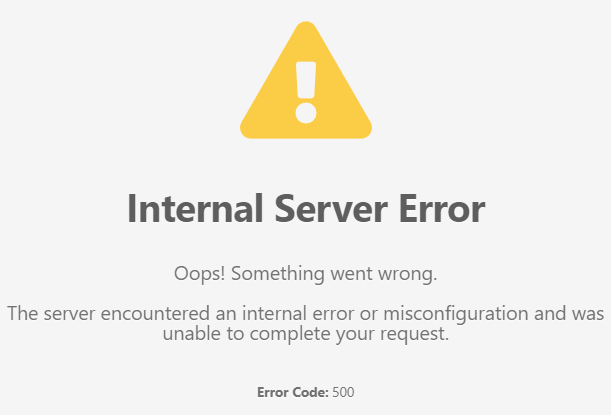


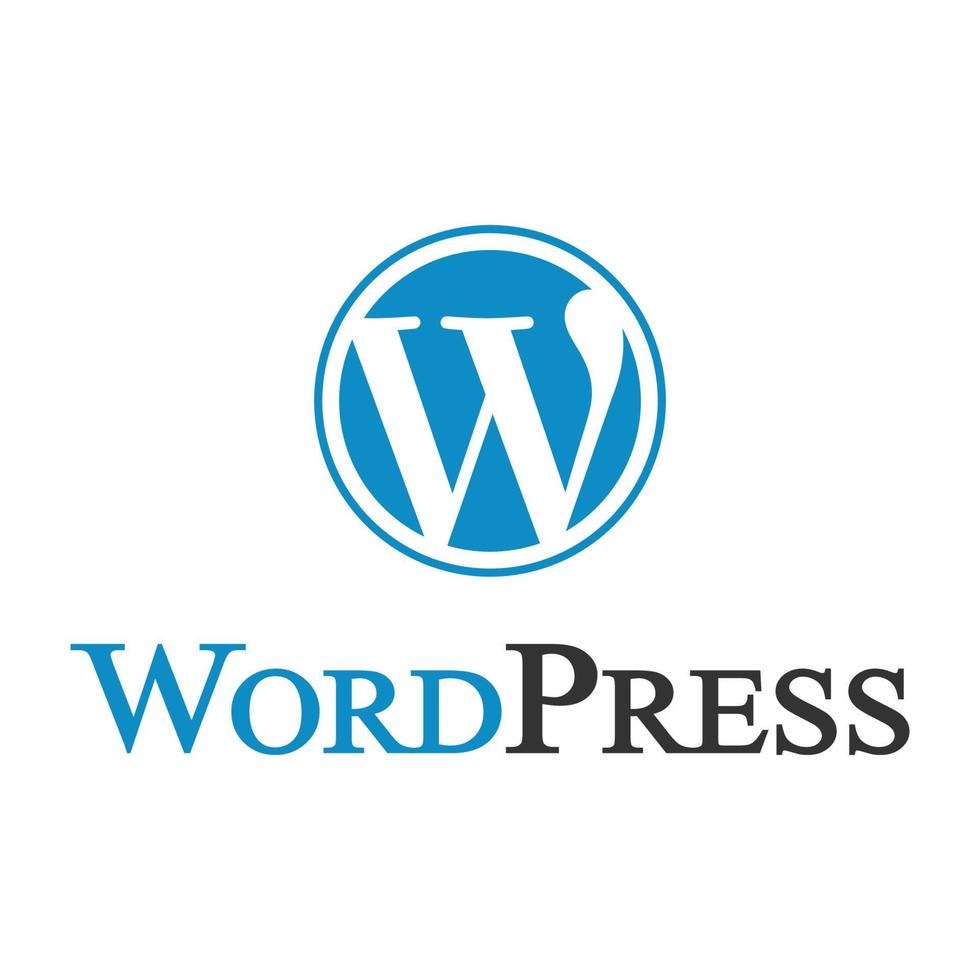
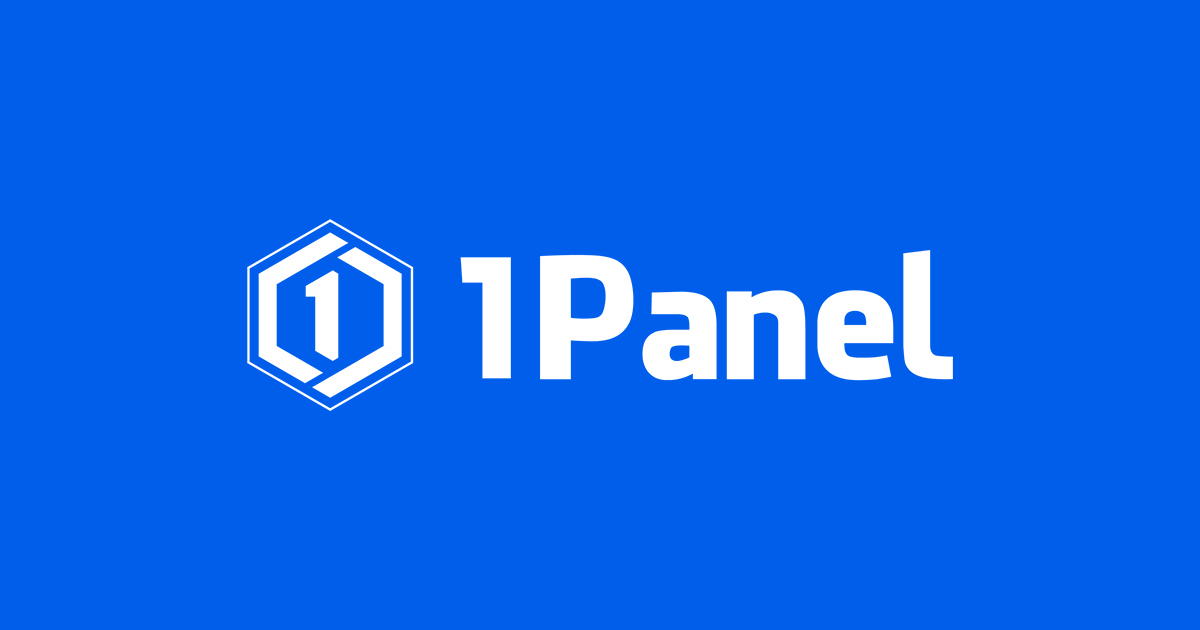
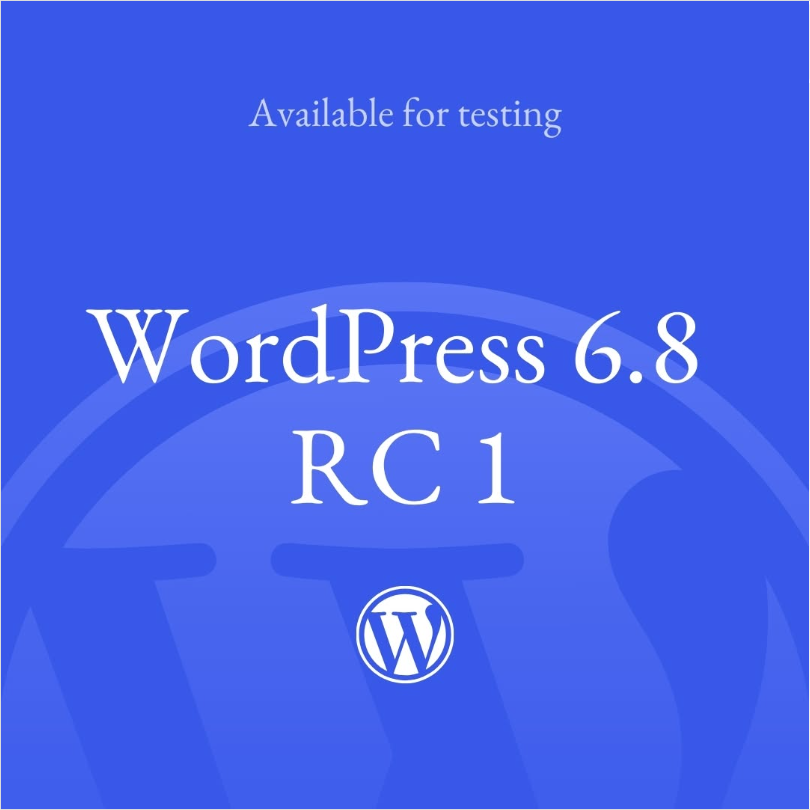



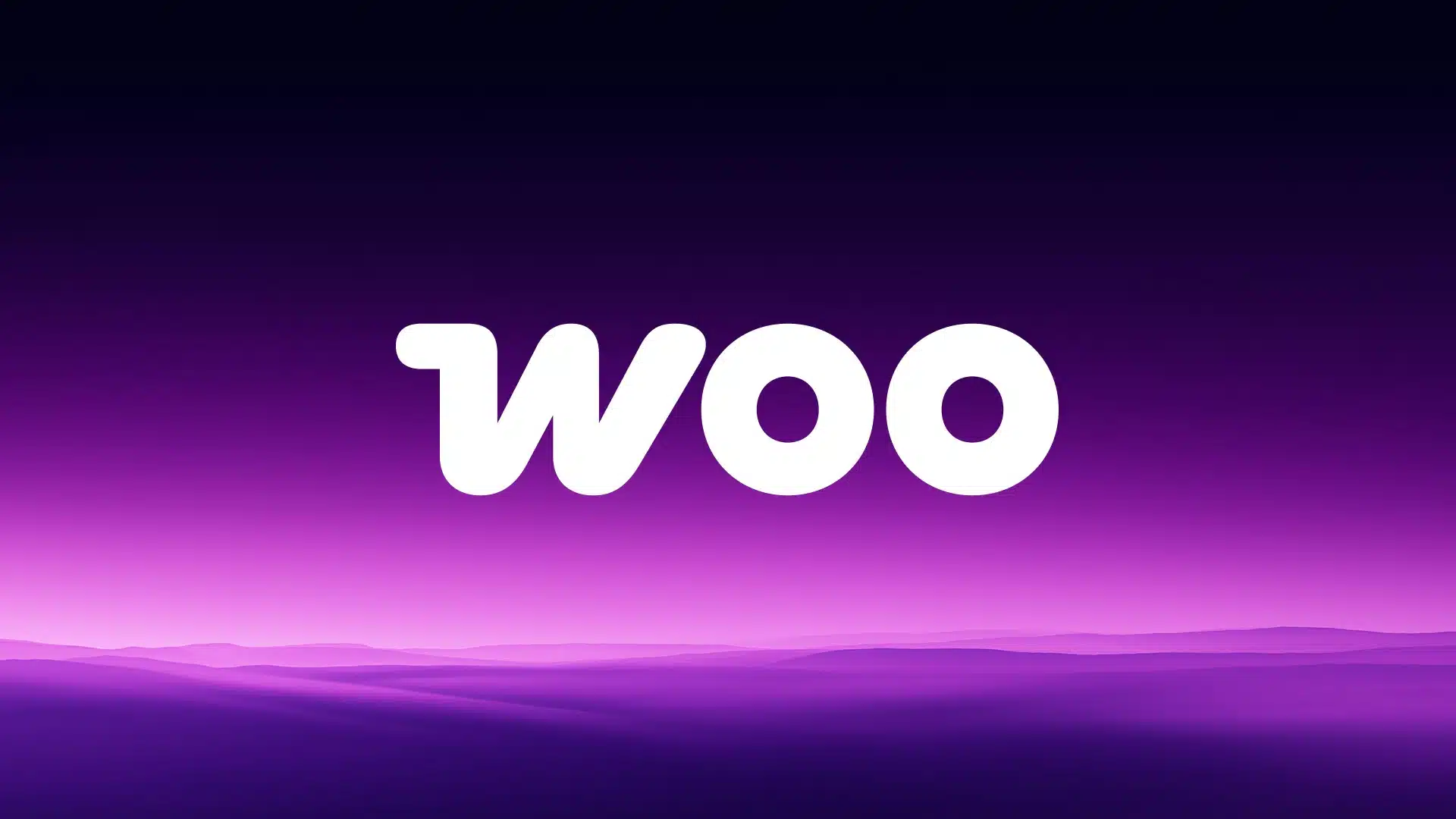






![Emoji[jingya]-Photonflux.com | Professional WordPress repair service, worldwide, rapid response](http://gqxi.cn/wp-content/themes/zibll/img/smilies/jingya.gif)






No comments